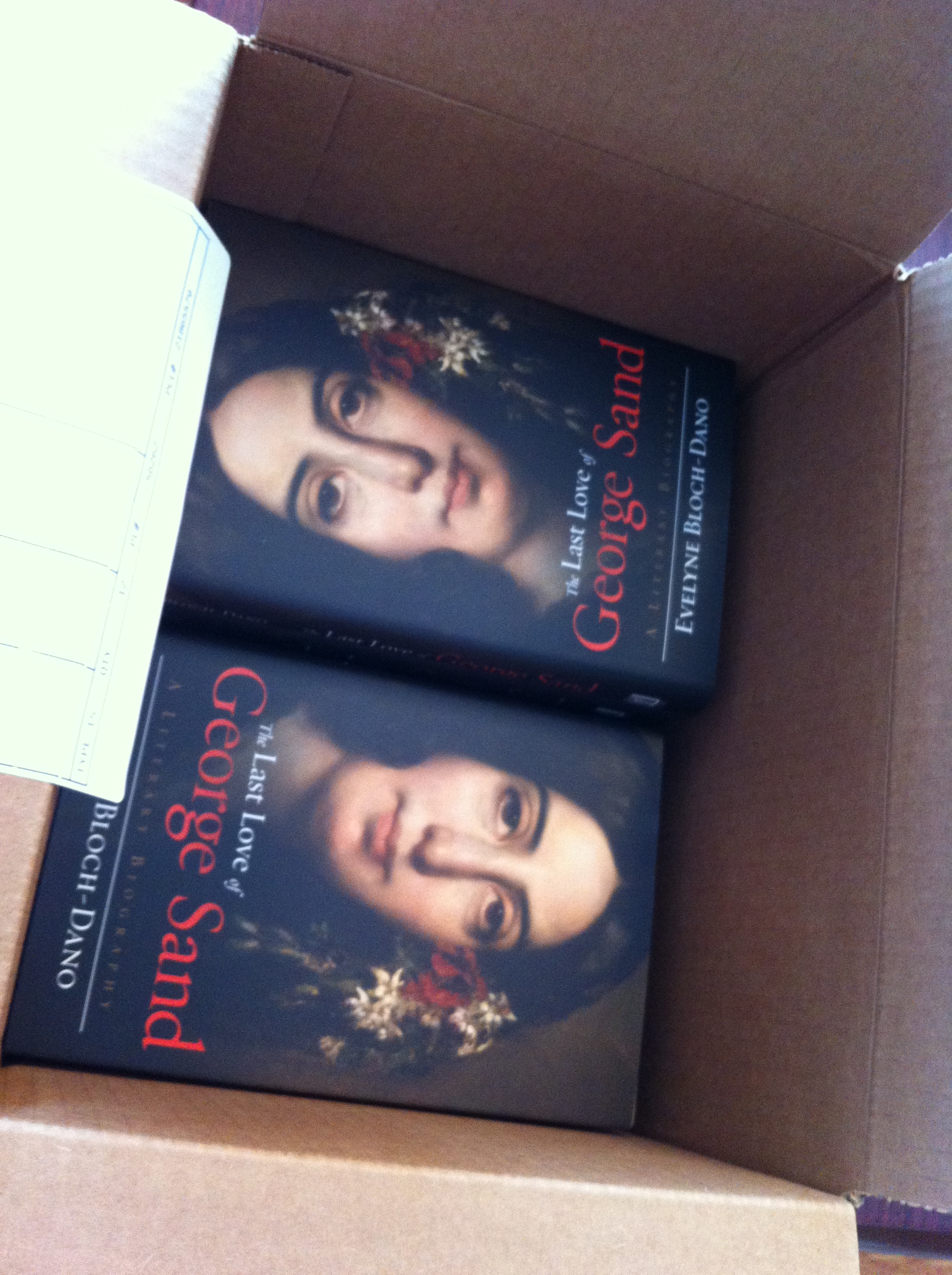This post is all about me working out.
Shock. Sorry, you were expecting something else, weren't you? Well, translators have to stay active, too.
I'm not a work-out person. I was the kid my Mom had to force to do just one active extra-curricular activity every season. I don't enjoy working out. I'd rather read.
But I also don't like feeling lethargic and weak, and I don't like when I can't run to the end of the block without getting winded, and heaven forbid if my clothes start not fitting well.
So, a few years ago, fresh off of a year of gorging myself on cheese and bread in France, I decided to try to start actually working out.
2010: That was the year of running. And what did I learn? Although I can do a 5K in less than 30 minutes, I don't like running. I actually may hate it. Strong words.
2011: The year of the gym. I joined a gym. ME. For the first five months or so, it worked really well. I was only working part-time, and there were some great classes. I tried yoga for the first time, went to some spinning classes, even tried a couple that should have probably been called jazzercise. I learned how to strength-train properly and everything.
And what did I learn? Although the classes were pretty good and there were some nice people at the gym, I stopped going once I had a full-time job. Too much effort, not enough time. I felt guilty when I didn't go, but I didn't enjoy going if I didn't have the time. So I canceled my membership after the 12-month experiment.
2012: The year of what-the-heck-should-I-do-now. Whenever I thought about exercising, whenever I had the time (could be five times a week, could be once every two weeks), I tried something. I biked around Prospect Park, storing my bike in my third-floor walk-up. I tried Kinect YourShape workouts. I tried the app for 100 push-ups.
And what did I learn? Well, I finally started learning about things I liked, things that would work, instead of everything that I hated that wouldn't work for me. I learned that I enjoy variety. I get bored really easily, if I have to do the same two workouts in rotation forever. I learned that I didn't like spending lots of time on workouts, but I did actually like working out. Even 10 minutes of jump-roping is better than nothing. 30 push-ups is actually pretty cool. Maybe I can eventually work up to an hour of exercising every day, but for now, 20 minutes a day, three days a week is good. It's better than nothing. And if that makes me feel better physically, then it's worth it.
So. 2013. This will be the year of doing what works for me. Variety. Quick workouts. I've already been doing well over the past week (and really, I've been doing pretty well on it for the last three months).


